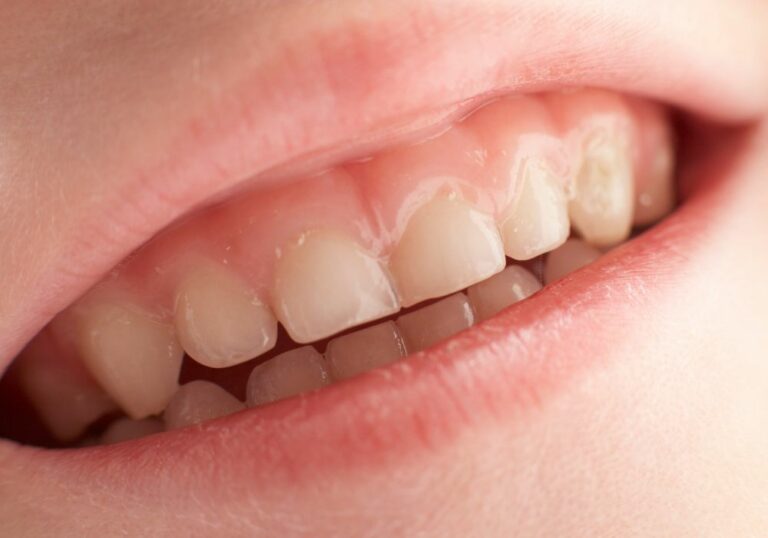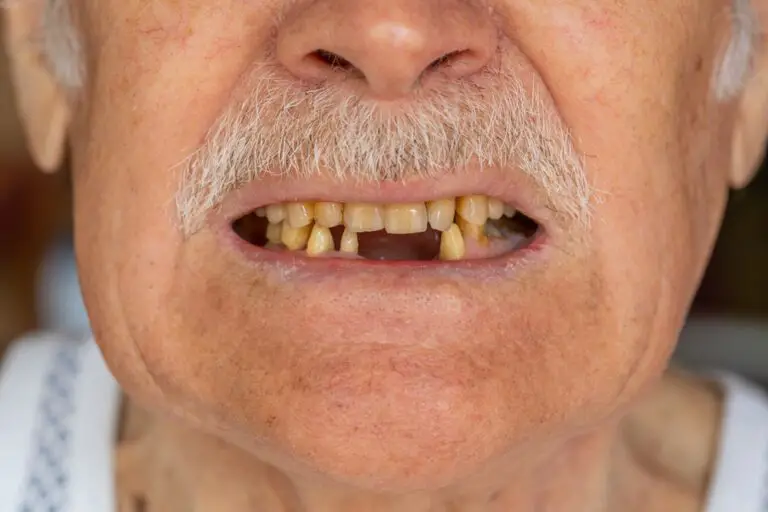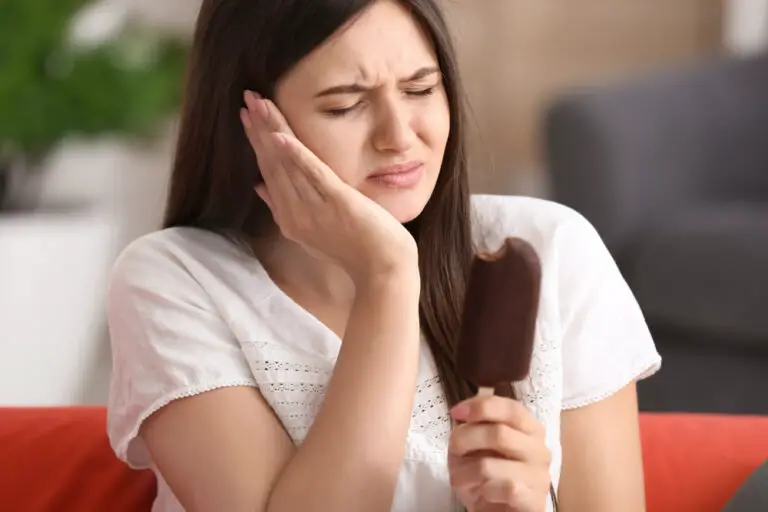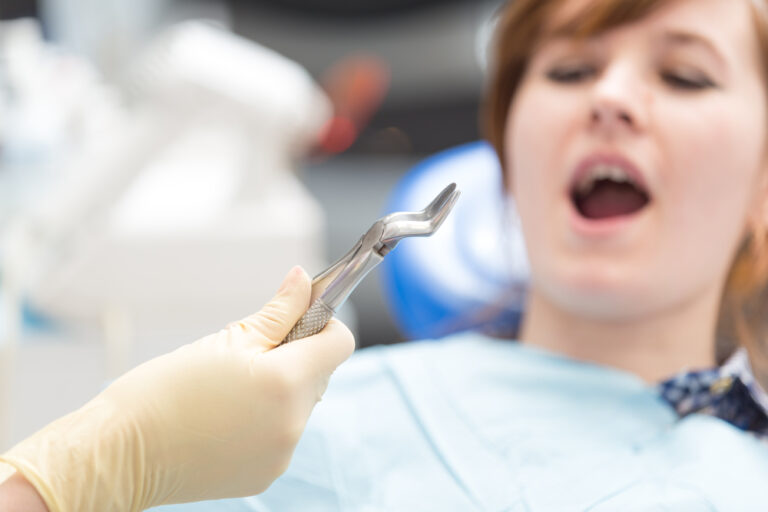In recent years, tooth sharpening has emerged as a rising trend, especially among teenagers and young adults. This practice involves manually filing teeth to reshape them into points or other irregular shapes. But why would anyone want to do this seemingly extreme body modification? As with many trends, the motivations are complex and multifaceted. By exploring the history, cultural influences, and psychological drives behind tooth sharpening, we can better understand this phenomenon.
A Brief History
Tooth sharpening is far from a new practice. Archaeological evidence shows it dates back thousands of years, appearing in many ancient and tribal cultures.
Ancient Origins
- The earliest known tooth sharpening comes from archaeological sites of the Natufian culture in the Levant region around 13,000 BC. Skulls show the use of abrasive materials like sand to abrade incisors.
- Mayan civilizations practiced tooth mutilation, including filing, inlaying gems, and even perforating teeth. Elite members of society often had elaborate decorative dental work as a show of status.
- Tribal groups in Borneo and the Pacific Islands have long traditions of sharpening teeth as part of coming-of-age rituals. It holds social and spiritual meaning.
Modern Revival
- Tooth sharpening faded with the ancient cultures and taboos against body mutilation. But it saw a resurgence in the modern primitive movement starting in the 1980s.
- Within the body modification subculture, sharpening teeth became a bold way to rebel against mainstream ideals of beauty and conformity.
- As information spreads quickly online, tooth sharpening has gained popularity. Social media exposes more young people to the idea, making it go viral.
Cultural Influences Behind the Trend
Beyond individual motivations, several cultural forces help explain the appeal of tooth sharpening today.
Beauty and Fashion Trends
- Beauty standards change with the times. Sharp vampire-like teeth are part of popular dark, edgy aesthetics in fashion and makeup.
- Social media influencers have made tooth fangs a viral sensation. Fans want to emulate the distinctive “look.”
- Sharpened teeth complement other body mods like split tongues, pointed elf ears, and blackout tattooed eyes.
Music and Youth Culture
- Many youth subcultures embrace the “sharp teeth” look as a symbol of edgy rebellion. This spans goth, emo, punk, and other scenes.
- Fans of musical genres like death metal may sharpen their teeth to complement the dark, aggressive culture.
- Some musicians with filed teeth like rappers Ghostemane and Yung Lean help drive the aesthetic. Fans follow their lead.
Fantasy and Roleplaying
- Tooth sharpening allows people to resemble fantastical creatures like vampires and werewolves. This can be for cosplay or roleplaying purposes.
- It ties into the otherkin subculture who identify spiritually as nonhuman entities like dragons, demons, angels, and more.
- Sharpened teeth make people feel more connected with mythological, spiritual, or supernatural interests.
Psychological Motivations

On an individual level, people choose tooth sharpening for diverse psychological reasons. These include:
Aesthetic Self-Expression
- Those who sharpen their teeth often see it as a means of self-expression and crafting their identity. It lets them look unique.
- Having a distinctive appearance can help some people feel more confident and self-empowered.
- As a dramatic but non-permanent mod, it allows experimentation with edgy aesthetics.
Nonconformity and Rebellion
- For rebellious youth, tooth sharpening is a shocking way to rebel against societal norms.
- As a bold statement against conformity and mainstream standards of beauty.
- Acts as a protest of cultural taboos against body modification and mutilation.
Fetish and Sexual Signaling
- Some sharpen their teeth for fetish purposes or to be sexually provocative. Vampire-esque teeth can seem carnal.
- May appeal to those interested in bloodplay, biting kinks, or playing with themes of danger and power.
- Signals sexual adventurousness, wildness, and danger to potential partners.
Spiritual and Supernatural Interests
- As mentioned, tooth sharpening can relate to people’s occult interests and practices.
- Makes them feel closer to entities, lifestyles, and cultures they identify with, be they fictional or real.
- Reflects spiritual beliefs in ritual practice, symbolism, and metahuman connection.
To Intimidate Others
- While less common, a minority use tooth sharpening to seem threatening or intimidating.
- Sharp teeth evoke danger, making the person look more aggressive and feral.
- Can aid bullying or compensate for insecurities about power and status.
Concerns and Controversies
Despite its growing popularity online, tooth sharpening remains controversial. Some concerns include:
Health Risks
- Can cause fractures, chipping, cavities, and nerve damage if done carelessly.
- Exposes inner dentin layer, making teeth hypersensitive to hot and cold.
- Without proper dental care, can lead to decay, infection, and tooth loss.
Permanence
- Unlike tattoos or piercings, sharpening cannot be undone. Teeth stay damaged for life.
- Could limit career options if seeking a “professional” image later in life.
- Requires maintenance filing as teeth continuously regrow enamel.
Appropriation
- When done for fashion, some see tooth sharpening as cultural appropriation.
- Trivializes ancient rituals by taking them out of sacred context.
- Reinforces racist stereotypes associating tribal practices with savagery.
Safety and Consent
- Raises concerns about safety with increased bite force. Unwanted bites can do more damage.
- Poses intimacy issues around kissing or biting during sex. Partners should consent.
Despite the controversy, proponents view tooth sharpening as a legitimate form of self-expression and body autonomy. But even supporters encourage research on proper dental techniques to avoid harm. With better education on risks and cultural sensitivity, tooth sharpening can be done more responsibly.
The Process: How Are Teeth Sharpened?

Those interested in sharpening their teeth should understand it’s a gradual, permanent process requiring care and patience. Here is an overview:
Tools Needed
- Specialized dental files, burs, and stripping discs to abrade enamel.
- Polishing tools like rubber points, Arkansas stones, and abrasive strips.
- Flour of pumice, cleaning pastes, high fluoride toothpastes.
- Topical fluorides, sealants, and medicated rinses.
Safety First
- Consult a dentist first. Get teeth thoroughly examined and x-rayed to assess structural integrity.
- Dentist can provide custom mouthguard to protect other teeth during filing.
- Use proper hand protection like cut-resistant gloves, finger cots, and grip aids.
Filing Technique
- Work slowly and carefully to avoid cracking teeth. Let teeth rest between sessions.
- Focus only on shaping incisors and canines. Never sharpen molars.
- Create angled edges versus needle-like tips for structural durability.
- Blend modifications into overall tooth contours for a natural look.
Aftercare
- Rinse with antibacterial rinse. Apply desensitizing paste or gel.
- Take over-the-counter pain medication as needed for discomfort.
- Avoid very hot or cold foods. Cut food into small pieces to minimize pressure.
- See dentist regularly to check for complications like infections, chipping, etc.
With careful technique and ongoing dental care, teeth can be sharpened with relatively low long-term risk. However, problems can still develop over time. One should weigh the benefits against permanent consequences.
An Extreme Form: “Fangs”
At the extreme end, some seek more pronounced, fang-like effects. This involves more removal of tooth structure and higher risks.
The “Dracula” Look
- Ultra-sharp two-teeth “fangs” evoke pop culture vampires like Dracula.
- Gives a dramatic, gothic appearance for costumes or roleplaying.
- Requires extensive reshaping of the canines and exposure of the root.
Serious Risks
- Much higher chance of infection, fractures, and nerve damage.
- Can require root canals, crowns, implants, or tooth extractions.
- May affect chewing and cause chronic dental problems.
Legality Issues
- Some jurisdictions may consider pronounced sharpening to be illegal mutilation.
- Raises ethical issues around informed consent to remove healthy tooth material.
- Dentists may refuse requests to create “fangs” for liability reasons.
While glamorous in theory, vampire fangs often lead to dental disaster. They should be avoided in favor of more subtle, reversible forms of tooth sharpening.
Frequently Asked Questions
Are sharpened teeth dangerous?
They can be if done carelessly, but when done properly by a dentist and maintained well, risks are low. The main dangers are fracturing and increased sensitivity. Avoiding very hot or cold foods and hard biting reduces problems.
Does it hurt to get teeth sharpened?
It can during the procedure and for a few days after as the inner dentin is exposed. Using anesthesia, taking breaks during filing, and proper aftercare helps manage discomfort. Over time, sensitivity diminishes.
How long does it take to sharpen teeth?
It’s a gradual process, but noticeable reshaping takes 2-6 months with weekly filing sessions. Ultra-sharp “fangs” may take 6 months to a year to fully complete. Patience is key.
Can you reverse it?
No. Unlike dental veneers, sharpening removes permanent enamel so teeth stay permanently modified. But if unwanted, dentists can restore a more natural shape by bonding resin material to the teeth.
Is tooth sharpening illegal?
Laws vary. While illegal in some places, it falls into a gray area in many regions. Minors getting dental alterations without parental consent raises legal concerns. Many dentists refuse to perform the procedure.
Conclusion
Tooth sharpening is an ancient practice seeing renewed interest, but still remains controversial today. While a form of self-expression for some, others criticize it as appropriative or risky. Approached carefully and consensually, tooth reshaping can allow artistic exploration of alternative dental aesthetics. But with permanent effects, the trend raises concerns over safety, cultural sensitivity, maturity of judgment, and the ethics of body modification that warrant more discussion.






